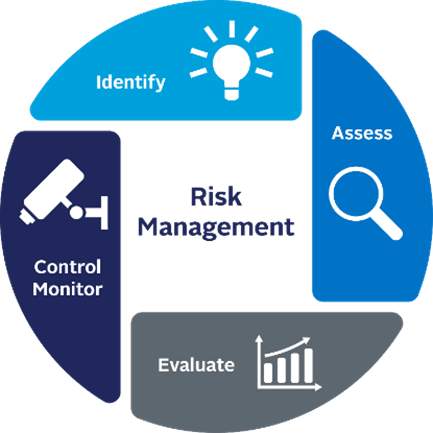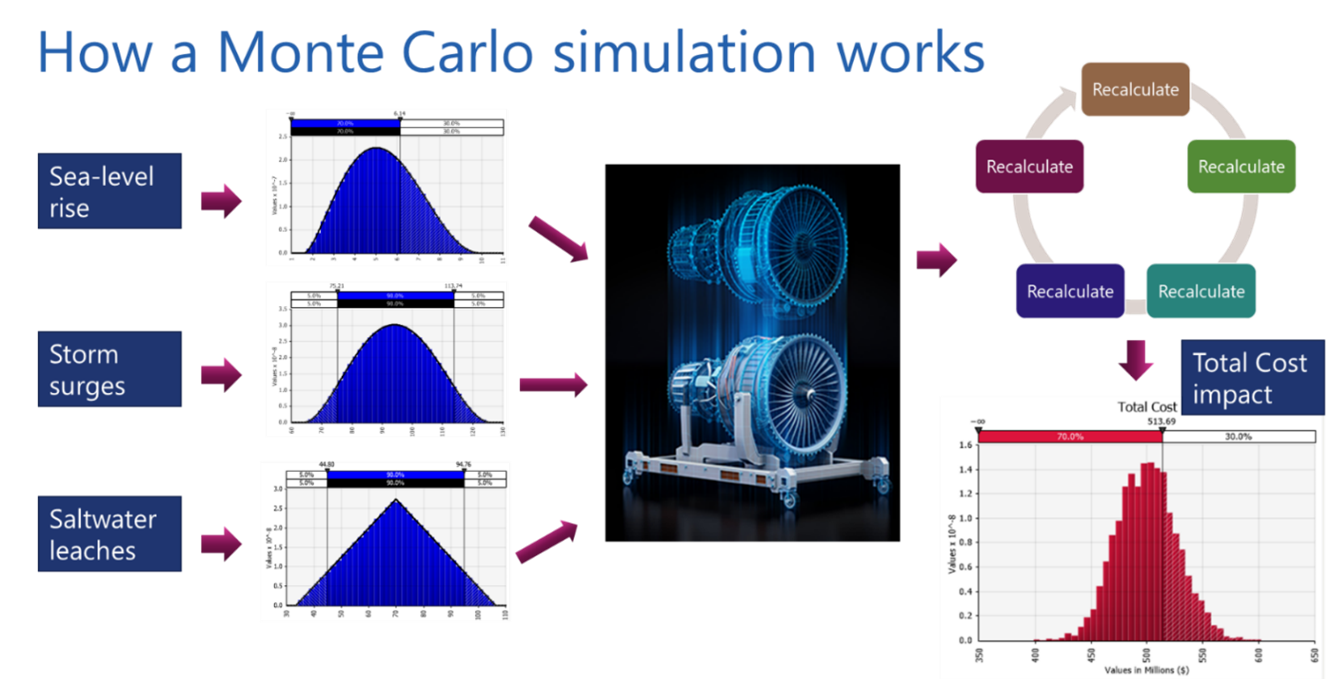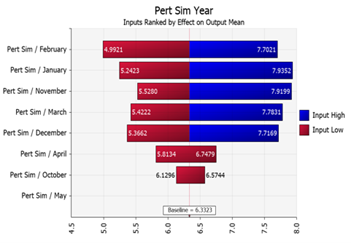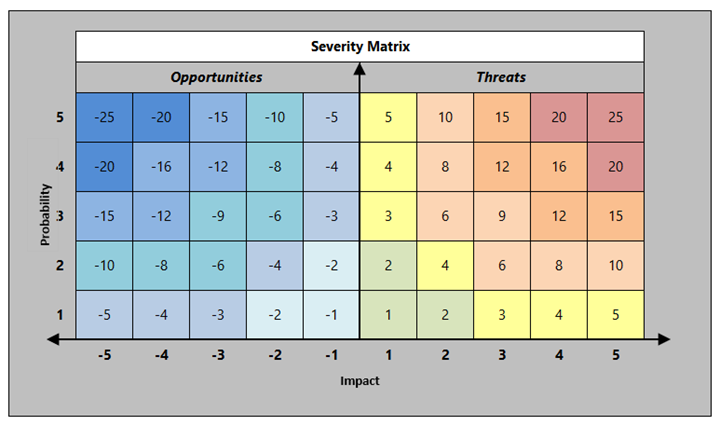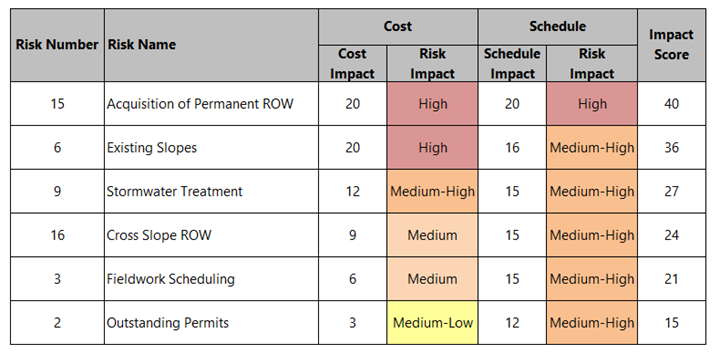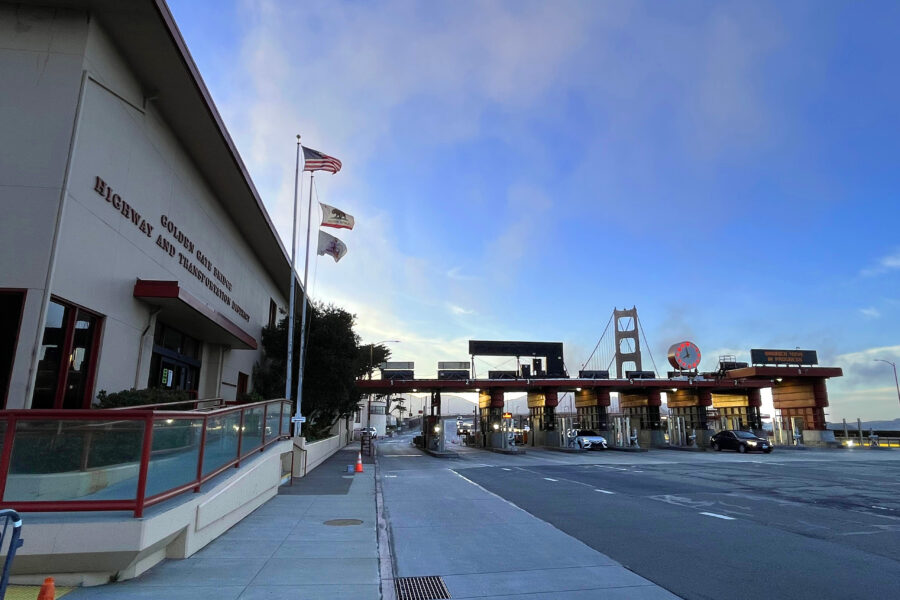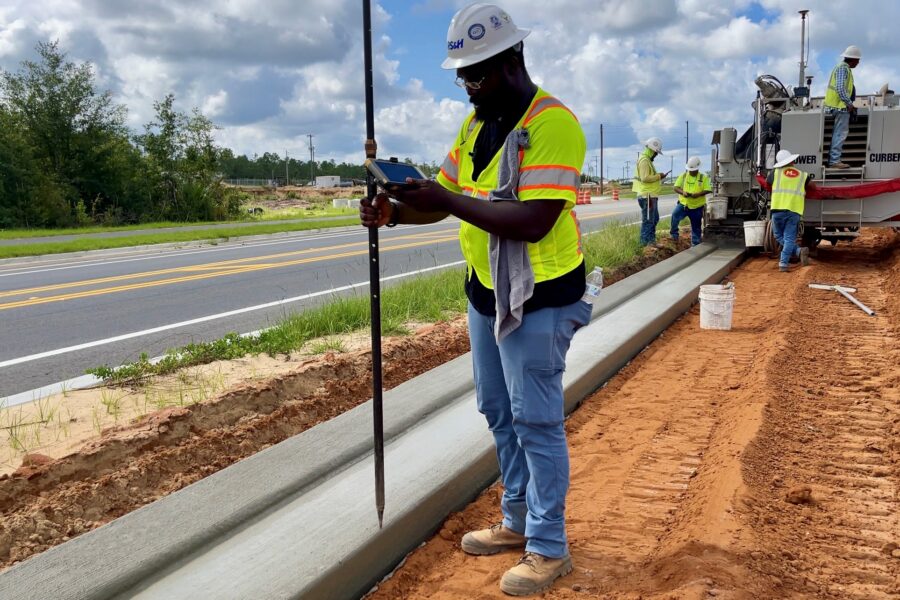The Value of Mitigating Risks for Infrastructure Projects

RS&H understands that risk management is a key component of successful planning, design and construction of transportation projects by helping to identify, assess and mitigate risks before they become issues in response to environmental, geotechnical or utility risks. We continue to expand our application of new risk management tools such as resiliency and sustainability planning to address the critical infrastructure needs resulting from our changing climate.
In our Risk Management practice, we incorporate user-friendly and interactive tools; emphasize early and meaningful engagement with project teams; engage in pre-work to educate clients on the importance of understanding risk management as a continuous process; and build a risk awareness culture.
Managing risk on our clients’ projects requires a commitment to the public good and earnestness to help our clients make informed decisions. We evaluate and document project risks to allow our clients to communicate the risks clearly and effectively with decision-makers and stakeholders. Understanding how to approach, plan and execute risk management activities throughout the life of a project is critical for clients to maximize the beneficial outcome of opportunities and minimize or eliminate the consequences of adverse risk events.
Risk Management Performance for Infrastructure Projects, Innovative Contracting and Alternative Delivery
Continuous monitoring of risks and updates to response action plans helps our team stay on top of an evolving project risk profile. We engage in proactive risk management activities on projects including workshops and team risk meetings to identify, analyze, mitigate and control risks throughout the project life cycle. We look at projects in a comprehensive manner to assess, prioritize and document risks and uncertainty.
Informal updates are performed throughout the life of the project and include risk reviews, proactive communication and status updates at regularly scheduled project meetings. Formal updates are performed as the project transitions from one phase of project development to another or at major project milestones. Updates include our project team collaboratively reviewing and updating the risk documentation. Subject matter experts from multiple disciplines are called upon to discuss their discipline risks and allow team members to learn how their risks can affect other aspects of the project and be communicated to decision-makers.
For the Innovative Contracting Unit of the Michigan Department of Transportation (MDOT), we tailored a risk management approach to be scalable and customizable to account for project size, cost, region and overall project risk profile. We created processes and guidance based on best practices and built upon their existing risk management guidance to better assist project managers in managing risk and to facilitate informed decision-making.
Cost Impacts and Scheduling
Risk management is also a key component of project cost estimating and scheduling. Risk-based cost estimating is used to generate better cost estimates by quantifying the impacts of risks, which are used to create a risk-based contingency that is updated in real-time through continuous risk monitoring and re-assessment of risk events. Quantifying risks allows project teams to evaluate potential outcomes of planning decisions and to assess the impact of risk obtaining greater certainty of future costs, thus allowing for better decision making.
Identifying risks with the potential to impact the critical path helps our team take a quantifiable approach toward schedule management. As schedule threats are mitigated, a delay contingency built into the schedule can be reprogrammed towards other events or removed. Opportunity risks can help us prioritize areas with the potential to accelerate project activities.
We use both statistical and probabilistic approaches. For example, we perform Monte Carlo probabilistic simulations using specialized software to predict cost and schedule impacts. These simulations work through randomly selected “what if” scenarios to provide a range of possible outcomes and probabilities allowing us to consider the likelihood of each one. This helps to provide objective data to calculate contingency for a more realistic budget and schedule.
For example, our team recently performed a deicing assessment at Dallas/Fort Worth International Airport using Monte Carlo analysis to run sensitivity analyses and establish probabilistic ranges for the number of days/year that deicing application could be needed at the airport. The results displayed how different risk factors affected the analysis to help determine how best to plan and prepare for extreme weather events.
On the US 83 Project for the Texas Department of Transportation (TxDOT) Pharr District, our team developed a template for upgrading TxDOT’s traditional estimating approach using a single project contingency to a risk-based cost estimate that addresses each project uncertainty on an individual basis. This allowed the project team to account for and adjust for the impacts of the major risks as the project develops.
Application of Automated Tools
Our user-friendly, interactive tools help clients make risk management an integral part of daily project management activities to manage risks in an efficient manner. Risk registers are a key documentation tool for project teams. Registers can range from simple spreadsheets used to perform an initial qualitative analysis early in the development process to complex registers that perform quantitative analysis and calculate risk cost and schedule contingencies that feed directly into the project’s risk-based construction cost estimate and development schedule. The best practice approach we have found is to tailor the register for a specific project’s needs.
For the Innovative Contracting Unit of MDOT, we developed an Excel-based risk register as part of a Risk Management Workbook for interactive and linked risk management process workflows and scalable templates to be used across various project types and sizes and throughout all phases of project development. The workbook links risk analysis results of the risk register to provide quantifiable cost and schedule impacts captured as risk contingency. A risk report is automatically generated from the risk register to highlight the highest priority risks and the status of key project development activities to provide project team members and stakeholders with routine risk updates.
On the US-131 Project for MDOT, our team helped identify over 40 project risks through the risk workshop process and we documented the risks in a customized risk register. The project team then used the register as a tool for performing risk assessments and documenting and reporting on the potential risk impacts. The project team was then able to prioritize the risks and develop response plans for the highest priority risks including the development of cost risk contingencies based on team consensus. We were able to see the individual impacts of each risk by utilizing the automated reporting feature built into the workbook that facilitates the monitoring, management and reporting of the risks on a continuous basis.
Ryan Mitchell, MDOT Innovative Contracting Unit Manager: “Andrew and his RS&H team delivered excellent results for MDOT, developing a risk management workbook and training materials. RS&H exceeded our expectations by expanding MDOT’s knowledge and understanding of risk management, communicating best practices and recommendations clearly and effectively to multiple stakeholder groups. Risk management can have a negative connotation for busy project managers, adding one more task to their already full plates. But Andrew and his team delivered a robust procedure and toolset that simplifies the process for even the most complex projects, allowing the benefits of risk management to improve project outcomes with a streamlined, results-driven approach.”
Best Practices for Establishing a Successful Risk Management Program
Our experience with helping clients manage risk on projects and programs through the innovations we’ve created has taught us the importance of taking a formal approach to risk management. A formalized program is beneficial for our project team members by enabling and facilitating team coordination and the ability to prioritize risks. This allows us to be focused on the right tasks at the right time and work efficiently.
We have found the following to be essential components of a successful Risk Management Program:
- A formal set of documented processes and procedures that can be implemented consistently across all types of delivery methods and programs.
- Methods to identify, assess and evaluate risk impacts, including developing response and mitigation strategies, project schedules and risk-based cost estimates.
- Tools to document risks that are identified by the project team and used to monitor the risks throughout the life of the project and communicate those risks to key decision makers.
- A rational understanding at the agency leadership level of the value that a comprehensive Risk Management Program can bring to an agency.
- Development of a risk management culture that allows the project team to clearly see the value of incorporating risk into project and program management decision-making and planning to mitigate scope, schedule and cost impacts.
Other Applications
Our team continues to look for opportunities to implement tools and techniques on a variety of infrastructure projects. This adds value to the development of sustainability and resiliency plans, performing aviation and environmental studies and technical research projects. Recent applications include:
- Developing a resource for airports to help them understand the issues associated with per- and polyfluoroalkyl substances (PFAS) and manage PFAS at their facility in an evolving regulatory environment. The risk management tool developed for MDOT was discussed as a potential model for the Guidebook for PFAS Management at Airports research project.
- Engaging in discussions on how the tools and techniques can be applied to the development of risk and resiliency plans. We recently submitted a proposal to provide Risk Assessment and Resilience Plan Services for Broward County, Florida to identify sustainability solutions and implement key strategies for the preservation of critical infrastructure to protect communities and resources vulnerable to climate change.
By establishing and implementing a formal set of risk management processes and tools, our team has been successful in providing clients with valuable information to help them plan and make informed decisions that have resulted in the successful management of risk threat impacts on projects and programs while enhancing and exploiting risk opportunities.

